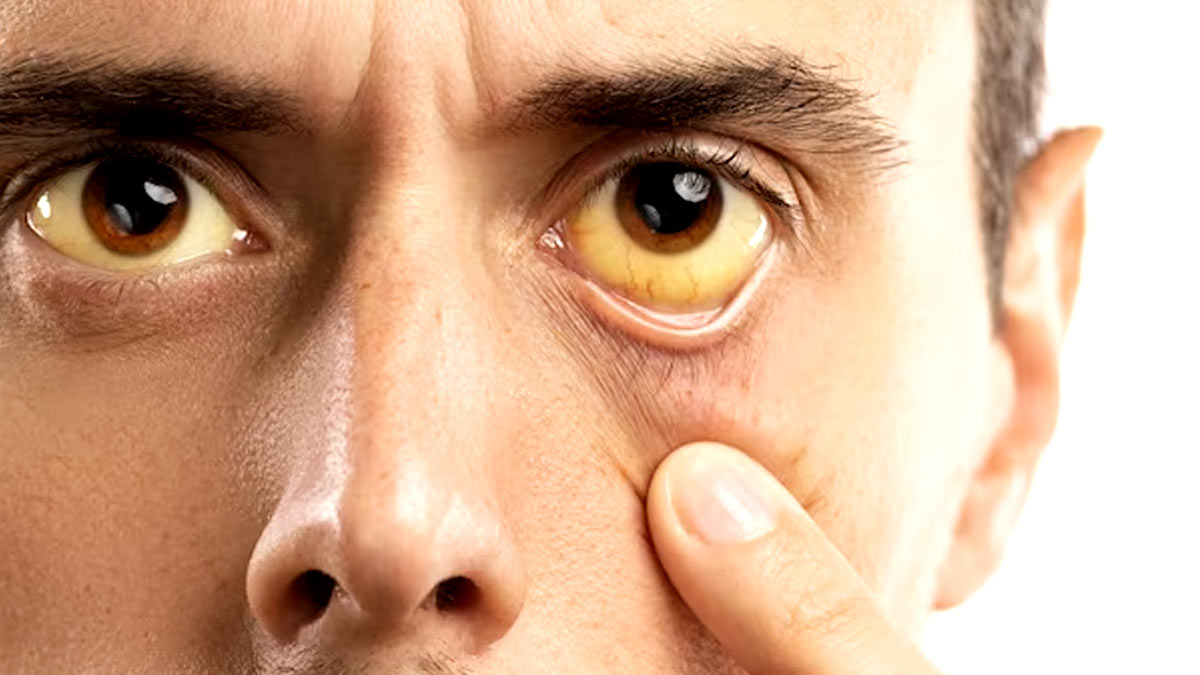

In today’s fast-paced world, it’s easy to overlook our health amidst our busy schedules and tempting culinary indulgences. Yet, one condition that silently affects many individuals is Fatty Liver Disease. Often referred to as the ‘silent epidemic’, it might not exhibit obvious symptoms initially. However, as the condition progresses, physical signs begin to manifest, and one may notice swelling and other troubling indicators. In this article, Dr Balakrishna S, Consultant, Gastrointestinal Surgery, Manipal Hospital, Millers Road, Bengaluru, lists swelling and other physical signs that indicate this disease.
Dr Balakrishna said, “Fatty liver disease is a clinical condition characterised by excess fat deposition in the liver cells. It is medically known as hepatic steatosis and can lead to liver cirrhosis and non-reversible liver damage as it progresses.” There will be some visible manifestations, with swelling of certain body parts being the most noticeable. It is crucial to recognise these symptoms as signs of disease progression and address them appropriately before the condition worsens.
According to a study published by the Clinical Liver Disease (CLD), Nonalcoholic Fatty Liver Disease (NAFLD) is prevalent among the general population of India between 9% and 53%.
Body Parts That Can Swell Due To Fatty Liver Disease

Ascites or Abdomen Swelling
Dr Balakrishna said, “Ascites or abdomen swelling is often the most common body swelling in fatty liver disease. The affected individual usually complains of fullness in the abdomen and discomfort.” It mainly occurs due to the declining functional ability of the liver. With a fatty liver condition, the liver struggles to produce adequate proteins vital for regulating fluid balance, leading to fluid accumulation in the abdominal cavity and ascites.
Also Read: Fatty Liver Disease: Experts Explain How To Manage Fatty Liver In Its Early Stages
Peripheral Oedema
Dr Balakrishna informed, “With the progression of the fatty liver condition, there is an increased risk of portal hypertension and decreased albumin production.” Both portal hypertension and decreased albumin production may disturb the circulation and fluid balance in the lower extremities, leading to peripheral oedema or swelling in the hands, legs, and ankles. Oedema is typically a swelling caused due to fluid accumulation.
Gynecomastia
Fatty liver may also lead to enlargement of breast tissue in males, a condition medically called gynecomastia.
Other Signs Indicative of Fatty Liver Disease
Dr Balakrishna said, “In addition to the above-mentioned bodily swellings, some other characteristic signs and symptoms may indicate underlying fatty liver disease.”

Jaundice
Excessive fat deposit is disruptive to the liver. It leads to inflammation, scarring of the liver, and impaired functions, all of which lead to bilirubin build-up. The bilirubin build-up presents as jaundice or yellowing of the skin, sclera (white part of the eye), and other mucous membranes. Jaundice is a crucial sign indicating the progression of the disease and the need for immediate medical attention.
Unintentional weight loss or gain
The liver plays an important role in metabolism. In fatty liver conditions, there is a hampering of the metabolic activities of the liver. Affected individuals may experience loss of appetite or malabsorption of nutrients and unintentional or unexplained weight loss or gain.
Also Read: From Weight Gain To Mood Swings: Early Warning Signs Of Slow Metabolism
Mental confusion and impaired memory
Dr Balakrishna highlighted, “In severe cases of fatty liver disease, the liver loses its capacity to detoxify, resulting in the accumulation and circulation of harmful endotoxins in the bloodstream, a condition called hepatic encephalopathy. This can result in mental confusion, forgetfulness, and difficulty concentrating.”
Constant fatigue and weakness
Individuals with fatty liver disease often complain of constant fatigue and weakness. Although the exact mechanism behind this symptom is undetermined, it may be associated with the liver’s impaired metabolic functions and decreased energy production.
Disclaimer
The information provided in this article is for informational purposes only. Hence, we suggest you visit your healthcare specialist if you notice any symptoms.
اكتشاف المزيد من ينبوع المعرفة
اشترك للحصول على أحدث التدوينات المرسلة إلى بريدك الإلكتروني.
